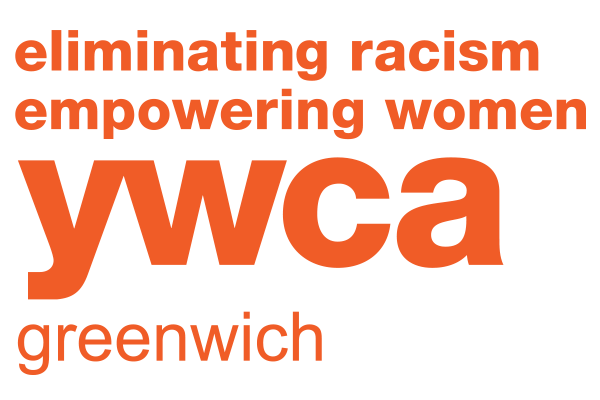Safety Planning
Only you understand your personal circumstances. If your partner is abusive, having a practical plan in place could be the most important step to protect yourself and your children. Safety planning doesn’t mean you need to leave your relationship, but helps identify how to be as safe and prepared as possible.
Safety planning includes practical steps like identifying a friend or neighbor who can take care of your children in an emergency, putting cash aside that you can easily and quickly access, making copies of important documents, and keeping lists of important phone numbers, regularly needed medications or having an extra set of house and car keys readily available.
Here is an example of steps to take to develop a safety plan:
- Safety Planning (English)
- Safety Planning (Spanish)
- Safety Planning for Children
- Teach your children how to dial 911
- Teach them that they can trust the police
- Make sure children have a safe place for them to go during an episode, inside or outside of the home (e.g. a room with a lock or a trusted neighbor’s house)
- Reassure children that violence is not their fault.
- If there is an order of protection in place for you and/or your child, be sure to share it with his or her preschool, daycare or school.
- Give children a list of phone numbers, or program them into cell phones, to keep with them, such as numbers of relatives or trusted neighbors.
- Technology Safety Planning (English)
- Technology Safety Planning (Spanish)
YWCA Greenwich Domestic Abuse Services counselors can help you develop your individualized safety plan. Call our hotline at 203-622-0003 for support.


